Crossroads of cultures
Samarkand can truly be called a unique city!
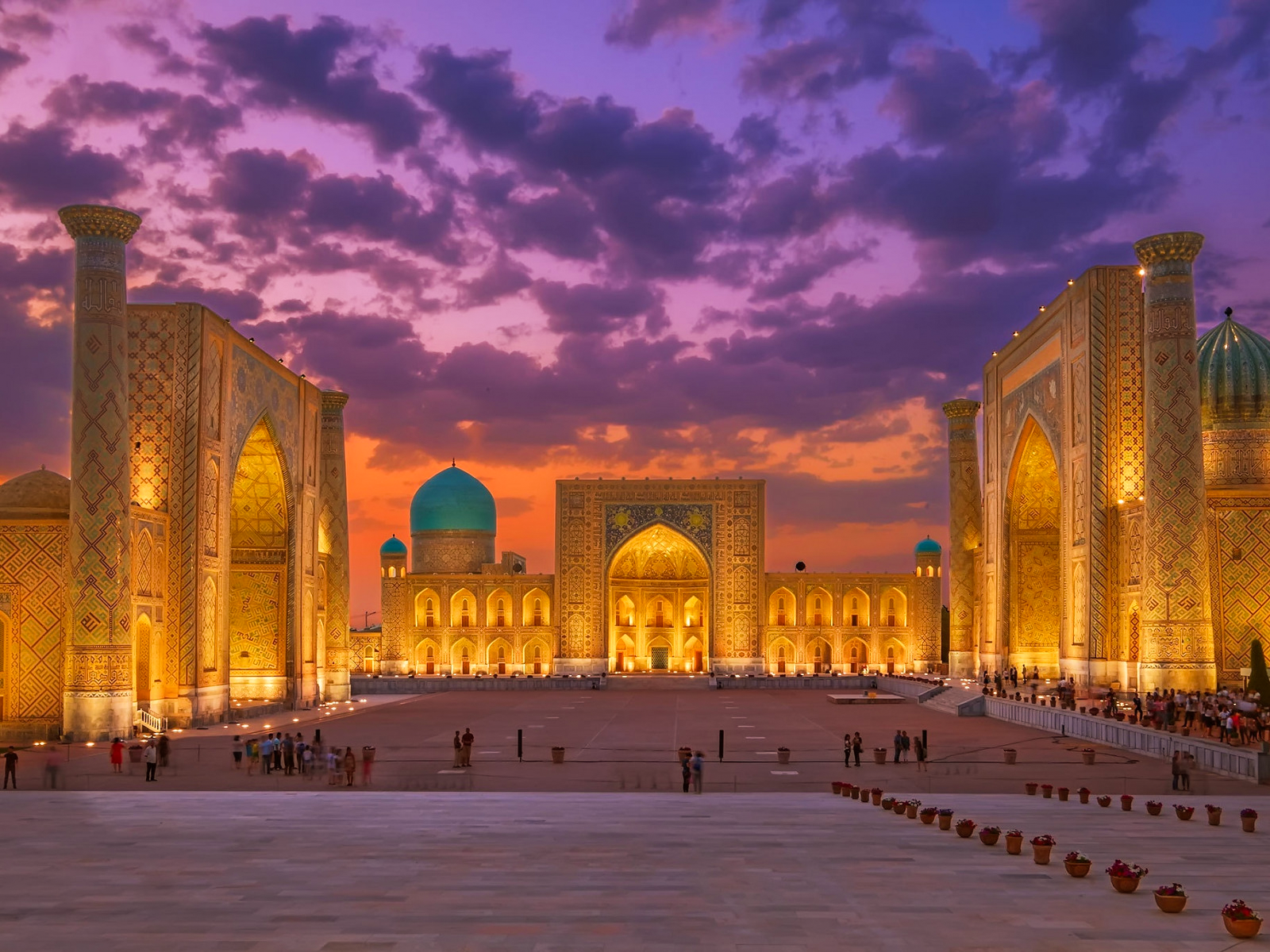
The greatest poets and philosophers of the world have given the city many names – the garden of the soul, the pearl of the east, the mirror of the world and even the face of the earth. However, they were not be able to describe the beauty and richness of this beautiful city.
The cultural heritage of Samarkand is quite large, for many centuries the city has been a key centre of the Great Silk Road.
At the beginning of the XXI century, the city was included in the UNESCO World Heritage List under the name “Samarkand – Crossroads of Cultures”.
Having visited the city, you will be surprised with the number of historical monuments located here. We will try to show you the most popular attractions, which are certainly worth seeing!
✔️Bibi-Hanum Mosque and Mausoleum
✔️Shahi Zinda Necropolis
✔️Gur Emir Mausoleum
✔️Registan Square
✔️Ancient city of Afrasiab
✔️Ruhabad Mausoleum
✔️Imam Al-Bukhari Memorial Complex
The climate of Samarkand has a pronounced seasonality. Winters are usually mild and temperature does not often fall below 0 ° C. Cold snap is very rare and mostly at night, so do not forget to take a warm sweater and scarf. Summer is very hot, so do not forget to bring a hat and sunglasses with you.
Samarkand souvenir shops can make happy the fans of woodcrafts, textile and other materials. By tradition, most of the workshops are placed in the old madrassas and all crafts are handmade by local artisans. However, in Samarkand, in addition to the usual souvenirs, you can find several more features that you will not find in other regions of the country. First of all, we advise you to visit the Siab bazaar, which is located next to the Bibi Khanum Mosque, almost in the centre of the old part of Samarkand. This market is abundant of dried fruits, nuts and sweets. Among other things, Samarkand bread and halva can be distinguished. Also in Samarkand region, there is a paper mill called “Meros”. Its masters have kept the method of preparing paper from mulberry bark. This method originated in the X-XI century and was particularly durable. At this factory, you can buy unusual paper crafts, such as postcards, notebooks, masks, and even dresses, dolls and handbags.
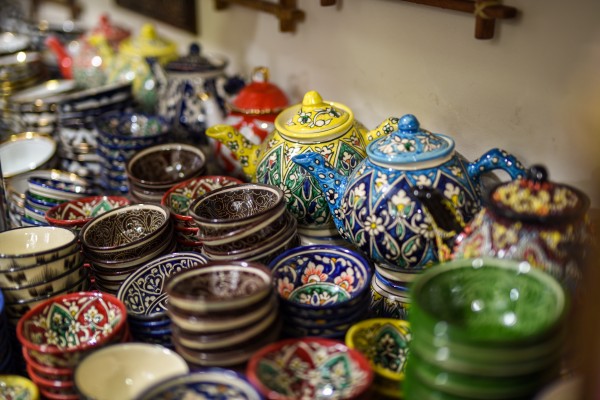
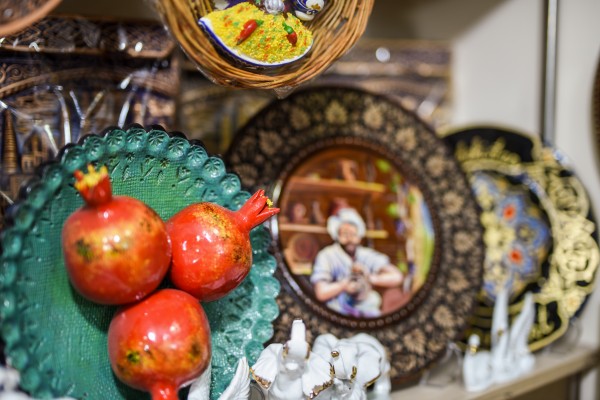
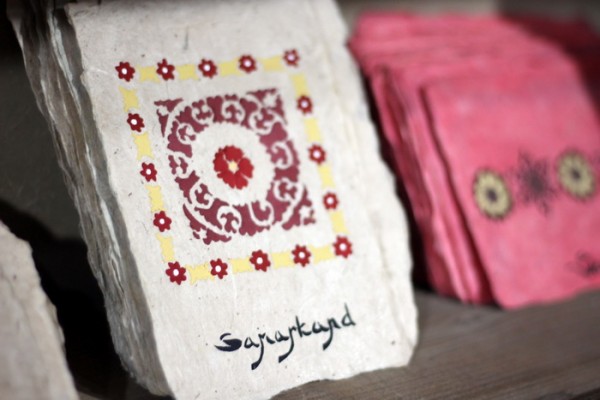
In Samarkand, as well as in the most of our regions, the main dish is pilaf. This type of pilaf, like Bukhara, is not mixed during cooking, which gives the pilaf a peculiar diet. In fact, this diet is that everyone can choose how many carrots and meat to put him. In addition to pilaf, various kebabs, manti and especially the bread are popular! There are some legends about the Samarkand bread, as they can be stored for as long as you want, and they will not become tough and moldy. One of the legends says that one Emir of Bukhara was very fond of Samarkand bread so much that he constantly ordered to bring it to him. However, once, when he was tired of waiting for his order each time, he thought about how to start making them in Bukhara. “Probably need to bring flour from Samarkand,” he thought. Nevertheless, it did not work. “Then you need to bring the local water”. Again, they failed. “Probably, it’s necessary to bring Samarkand clay and make tandoor from it”. The result remained the same. “Maybe it's the master? I need the master from Samarkand”. However, even the Samarkand master could not repeat this taste in Bukhara. After that, the Emir abandoned his attempts and continued to bring his favorite bread from Samarkand.
In the bazaars of Samarkand, you can also find a huge variety of fruits, vegetables and nuts for every taste. You can read more about Uzbek Cuisine at this link.
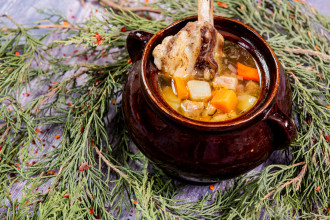
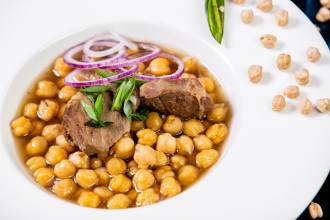
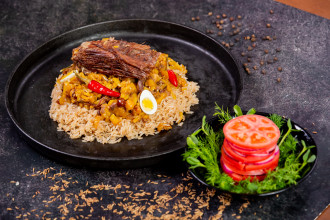
An integral part of every trip is photography! In this section, we introduce you the most beautiful places in this city, where you can make the best shots.
P.S. Do not forget that during the visit the religious sights of Uzbekistan, women are advisable to cover the exposed parts of the body (shoulders, back and legs). Such attractions will be marked with ☪✝✡☦
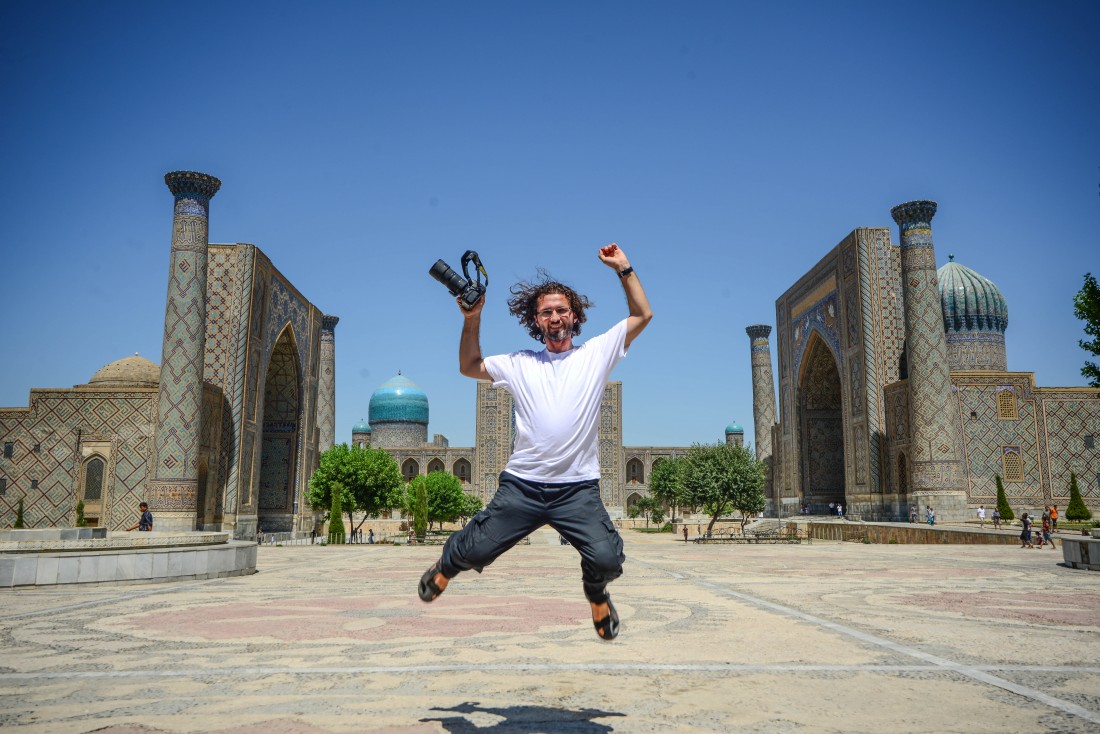 ☪️ Registan is the main square and the most recognizable landmark of Samarkand. It includes three Madrasahs of Ulugbek, Sherdor and Tilla-Kari.
☪️ Registan is the main square and the most recognizable landmark of Samarkand. It includes three Madrasahs of Ulugbek, Sherdor and Tilla-Kari.
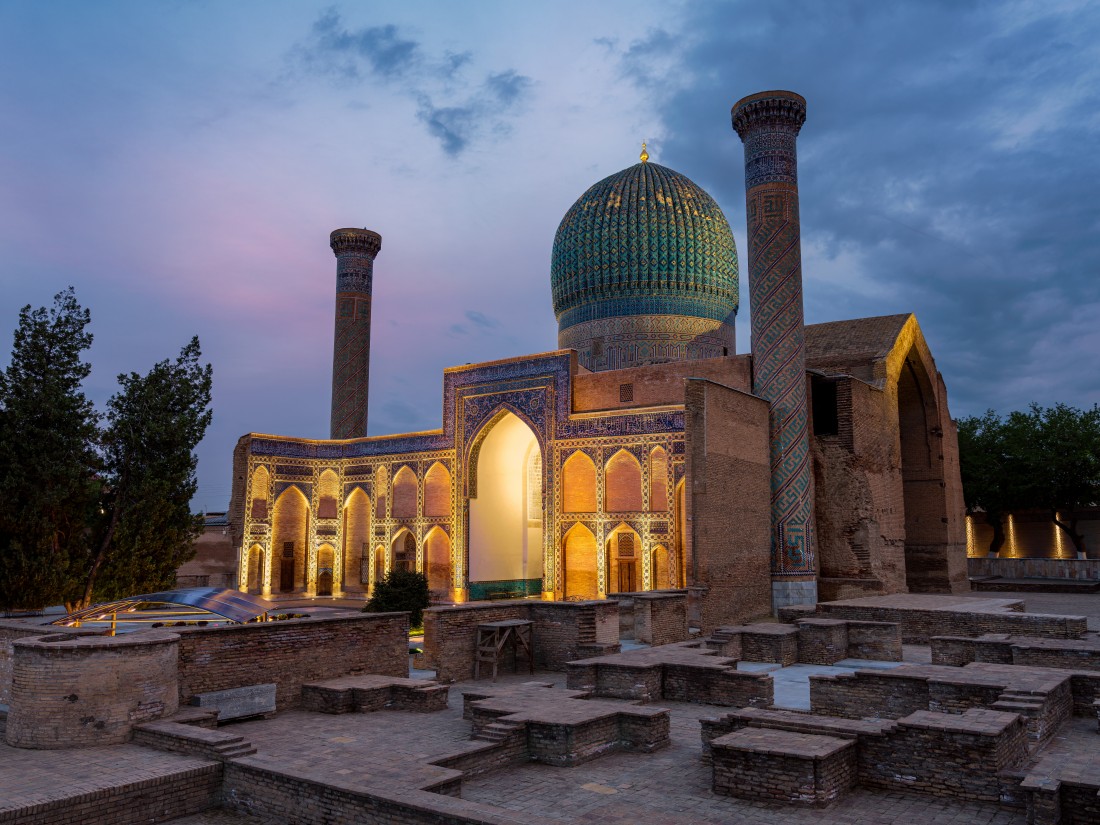
☪️ Gur-Emir – the mausoleum of Amir Timur (Tamerlane), his mentor Mir Sayyid Barak and some members of Temur’s family.
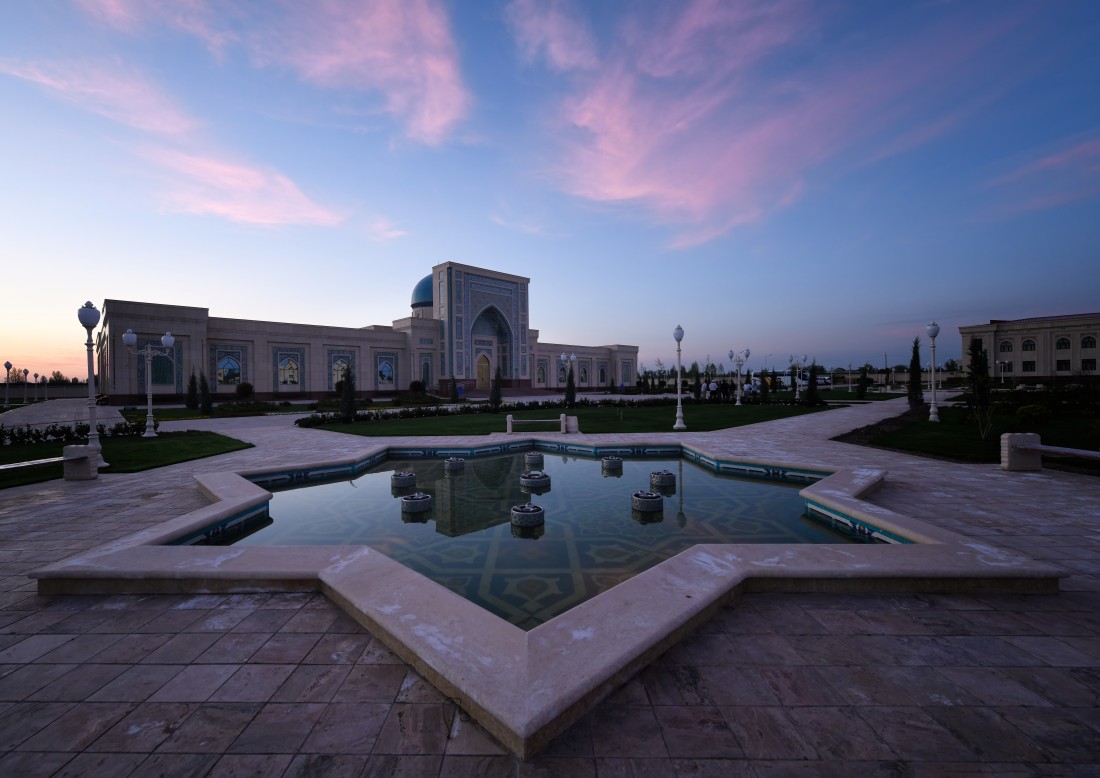
☪️ The Imam Bukhari International Centre is located next to the memorial complex and has a very beautiful territory. Do not miss the opportunity to make a couple of beautiful photos in the complex!
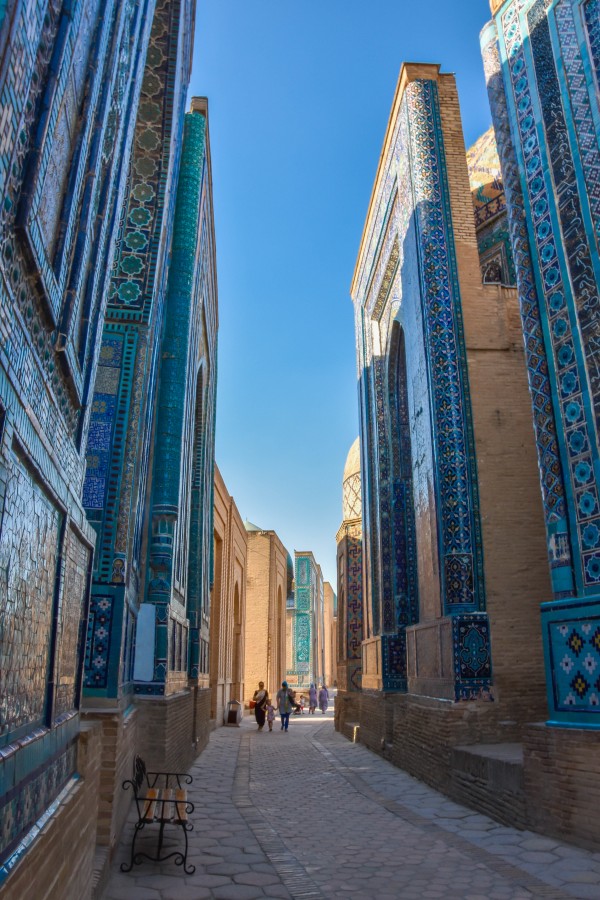
If you have seen Samarkand once in your life, it will forever fascinate you. Samarkand unites many various cultures located on its territory. Do you know that Samarkand is the same age as such ancient capitals of the world as Rome and Nanjing? Yes! The city was founded about 2,750 years ago, which gives it the right to be called one of the most ancient cities not only in Central Asia, but in the world as well. The peak of prosperity of the city falls on the reign of Amir Temur (Tamerlane) and his descendants.
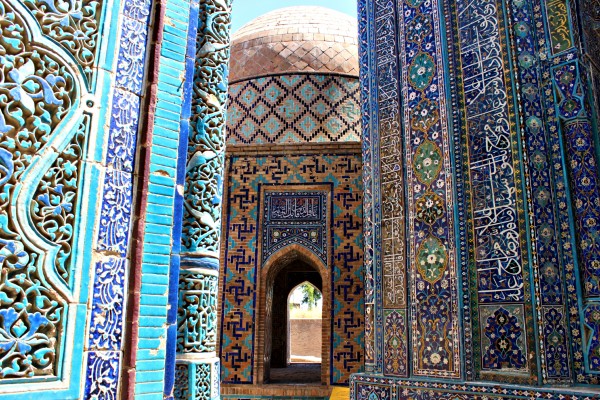 At that time, Samarkand became the capital of his mighty empire.
At that time, Samarkand became the capital of his mighty empire.
There is a legend about how Temur has chosen his capital. In order to make a choice, he ordered the citizens to hang the Ram's body on the entrance gates of all cities, and a month later he personally inspected the meat hanging on the gates. At all the gates, the carcasses decayed, and only at the gates of Samarkand, it was almost completely intact and even became wilted. Had seen this, Temur said: “This city has the cleanest air and healthy land. The capital will be here”! Tamerlane’s grandson, Mirzo Ulugbek, made this city the centre of world science. Samarkand was included in the List of “50 cities worth visiting in this life”.
Popular destinations for tourists
Working hours: 9:00 AM - 6:00 PM, Mon-Fri
For any questions
ПОЛЬЗОВАТЕЛЬСКОЕ СОГЛАШЕНИЕ
1. Определение
Настоящее Пользовательское соглашение (далее — Соглашение) является Публичной офертой в соответствии со статьёй 367 Гражданского кодекса Республики Узбекистан от 21.12.1995 (https://lex.uz/ru/docs/111181#162763) и регулирует порядок использования материалов и Сервисов сайта Государственного унитарного предприятия «Национальный PR-центр» (далее — Предприятие), размещённого на веб-сайте и поддоменах Национального Туристического Информационного Центра: https://uzbekistan.travel/ (далее — Сайт).
Посетитель и (или) Пользователь подтверждает, что ознакомлен, полностью и безоговорочно принимает все условия настоящего Соглашения и обязуется их соблюдать.
Использование Сайта Пользователем означает полное принятие данного Соглашения «как есть» в форме акцепта.
Соглашение вступает в силу с момента посещения любой страницы Сайта и (или) регистрации на Сайте и действует бессрочно во время пользования Сервисами Сайта.
Настоящее Соглашение обязательно для исполнения всеми Посетителями и Пользователями без каких-либо изъятий и дополнительных согласований.
Пользователь обязуется самостоятельно проверять актуальную редакцию Соглашения на Сайте перед использованием Сервисов.
2. Предмет Соглашения
Предметом настоящего Соглашения являются правила использования материалов Сайта и предоставление Посетителю и (или) Пользователю возможности использования Сервисов Сайта.
Предприятие является правообладателем исключительных прав на Сайт в целом и на его составные части, включая все виды контента: логотипы, товарные знаки, тексты, статьи, аннотации, иллюстрации, фотографии, графику, аудио- и видеофайлы, пользовательские интерфейсы, дизайн, структуру, программы, базы данных.
Я прочитал(а) и соглашаюсь с условиями использования сайта и политикой конфиденциальности.
